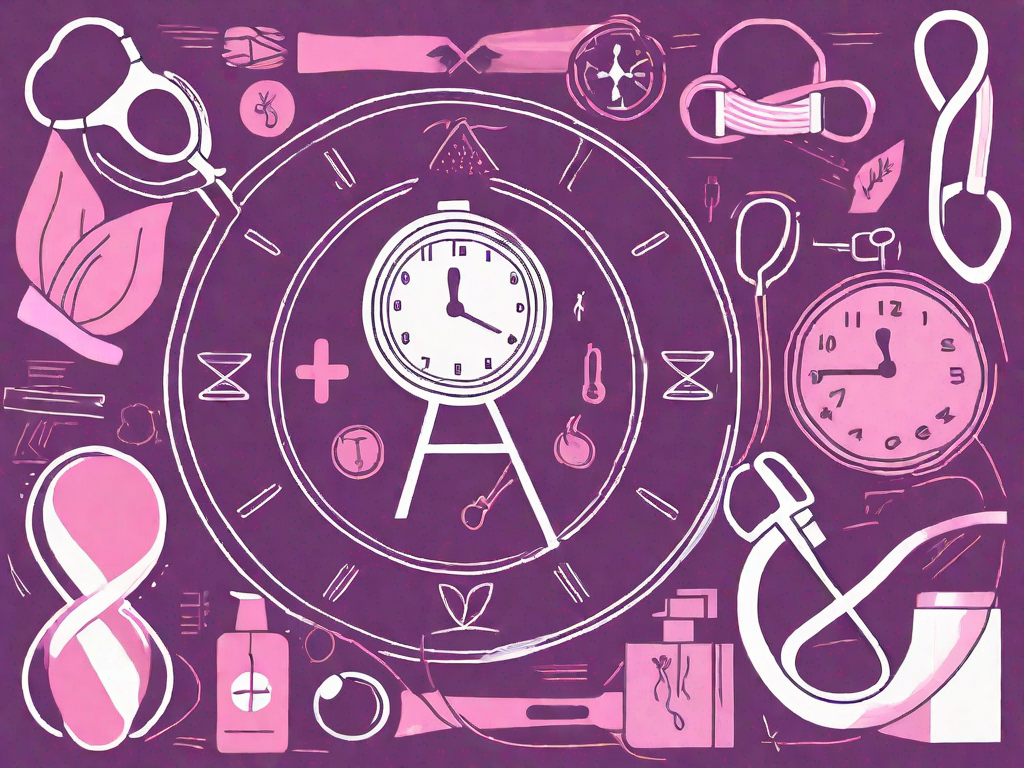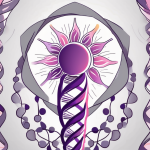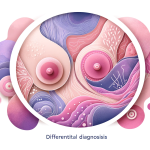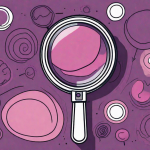Dive into the critical world of breast cancer awareness with this informative blog. It emphasizes the importance of recognizing both common and less common symptoms of breast cancer, highlighting the role of early detection in successful treatment. From changes in breast size or shape to skin alterations and nipple discharge, the article meticulously details symptoms that women should monitor. It also underscores the significance of regular self-exams, clinical exams, and mammograms starting at age 40 or earlier for those at higher risk. Addressing less-discussed symptoms like breast or underarm pain and swelling in the armpit or collarbone area, the blog serves as a comprehensive guide to understanding and responding to the signs of breast cancer. A must-read for every woman, this article is a powerful call to action for proactive breast health management.
Breast cancer is a serious disease that affects millions of women around the world. The first step to fighting this disease is being aware of the symptoms and knowing when to seek medical attention. In this article, we will discuss the common and less common symptoms of breast cancer, as well as the importance of early detection. Let’s dive in and learn more about this critical topic.
Understanding Breast Cancer
Before we delve into the symptoms, let’s first understand what breast cancer is. Breast cancer is a type of cancer that forms in the cells of the breast. It can occur in both women and men, although it is much more common in women. The exact cause of breast cancer is still unknown, but there are several risk factors that can increase a person’s chances of developing the disease, such as age, family history, and certain genetic mutations.
When breast cancer develops, abnormal cells in the breast begin to grow and divide uncontrollably. These cells can form a tumor, which can be felt as a lump or seen on a mammogram. However, not all breast lumps are cancerous, and further testing is needed to determine the nature of the lump.
There are different types of breast cancer, including ductal carcinoma in situ (DCIS), invasive ductal carcinoma (IDC), and invasive lobular carcinoma (ILC). DCIS is the earliest form of breast cancer, where abnormal cells are confined to the milk ducts. IDC is the most common type of breast cancer, where abnormal cells have spread beyond the milk ducts into the surrounding breast tissue. ILC starts in the milk-producing glands and can also spread to other parts of the body.
The Importance of Early Detection
Early detection is crucial in the fight against breast cancer. When breast cancer is detected at an early stage, the chances of successful treatment and survival greatly increase. This is why it’s essential to be aware of the symptoms and regularly monitor your breast health.
One of the most common symptoms of breast cancer is a lump or thickening in the breast or underarm area. However, not all lumps are cancerous, and they can also be caused by benign conditions such as cysts or fibroadenomas. Other symptoms to watch out for include breast pain, nipple discharge, changes in breast size or shape, and skin changes such as redness or dimpling.
In addition to being aware of the symptoms, regular breast self-exams and clinical breast exams are important for early detection. A breast self-exam involves checking your breasts for any changes or abnormalities, such as lumps or changes in texture. Clinical breast exams are performed by healthcare professionals who are trained to detect any signs of breast cancer.
Mammograms are another crucial tool for early detection. A mammogram is an X-ray of the breast that can detect breast cancer before it can be felt. It is recommended that women start getting regular mammograms at the age of 40, or earlier if they have a family history of breast cancer or other risk factors.
It’s important to remember that early detection does not guarantee a cure, but it greatly increases the chances of successful treatment and improved outcomes. If you notice any changes in your breasts or experience any concerning symptoms, it’s important to consult with a healthcare professional for further evaluation and guidance.
Common Symptoms of Breast Cancer
Recognizing the common symptoms of breast cancer is key to early detection. It’s important to note that experiencing any of these symptoms does not necessarily mean you have breast cancer, but it’s still essential to have them checked by a healthcare professional.
Changes in Breast Size or Shape
One of the common signs of breast cancer is a noticeable change in breast size or shape. This can occur in one or both breasts. If you notice any unexplained changes in your breast appearance, such as swelling, dimpling, or puckering, it’s important to have it evaluated.
Skin Changes on the Breast
Skin changes on the breast, such as redness, rash, or thickening of the skin, can also be a symptom of breast cancer. If you notice any unusual changes in your breast skin texture or color, it’s best to get it checked by a healthcare professional.
Nipple Discharge and Other Nipple Changes
Another symptom to be aware of is nipple discharge. While nipple discharge can often be due to benign causes, such as hormonal changes, it can also be a sign of breast cancer. If you experience nipple discharge that is bloody, clear, or sticky, it’s important to seek medical attention.
Less Common Symptoms of Breast Cancer
In addition to the common symptoms mentioned above, there are also less common symptoms that can indicate possible breast cancer.
Pain in the Breast or Underarm
Although breast cancer is not commonly associated with pain, some individuals may experience pain or discomfort in their breast or underarm. If you have unexplained persistent pain that doesn’t go away, it’s important to talk to your doctor.
Swelling in the Armpit or Collarbone Area
Swelling or lumps in the armpit or collarbone area can sometimes indicate the spread of breast cancer to the lymph nodes. If you notice any unusual swelling or lumps in these areas, it’s crucial to have it examined by a healthcare professional.
Advanced Breast Cancer Symptoms
If breast cancer is not detected and treated early, it can progress to an advanced stage. At this stage, the symptoms may become more apparent.
Bone Pain and Fractures
When breast cancer spreads to the bones, it can cause bone pain and increase the risk of fractures. If you experience persistent bone pain without an apparent cause, it’s important to consult a healthcare professional.
Shortness of Breath and Chest Pain
In advanced cases, breast cancer can spread to the lungs, causing symptoms such as shortness of breath and chest pain. If you notice these symptoms, it’s crucial to seek immediate medical attention.
When to Consult a Healthcare Professional
Regular self-examinations and mammograms play a vital role in detecting breast cancer early. It’s important to be proactive in monitoring your breast health and knowing when to consult a healthcare professional.
Regular Self-Examinations and Their Importance
Performing regular self-examinations is an essential part of early detection. Familiarize yourself with the normal look and feel of your breasts. If you notice any changes, such as lumps, swelling, or skin abnormalities, make sure to schedule an appointment with your doctor.
Scheduling Regular Mammograms
Mammograms are powerful tools for detecting breast cancer in its early stages. Consult with your doctor about when to start regular mammograms, as the recommendations may vary depending on your age and risk factors.
Discussing Symptoms with your Doctor
If you experience any of the symptoms mentioned in this article, don’t hesitate to discuss them with your doctor. They can evaluate your symptoms, perform necessary tests, and provide you with guidance and support.
Remember, early detection is key in the fight against breast cancer. By being aware of the symptoms and seeking medical attention promptly, you can significantly improve your chances of successful treatment and recovery. Take charge of your breast health and encourage your loved ones to do the same. Together, we can make a difference.






